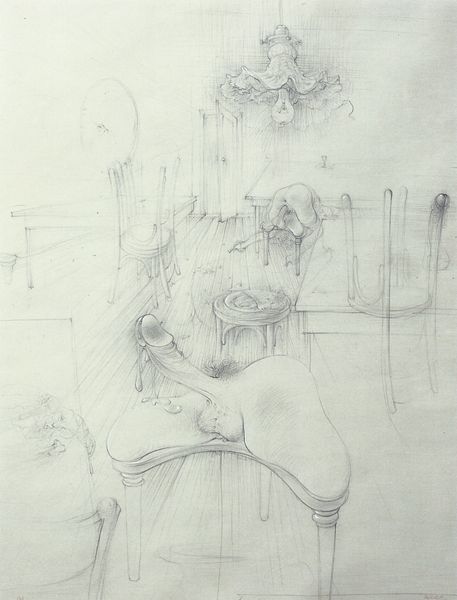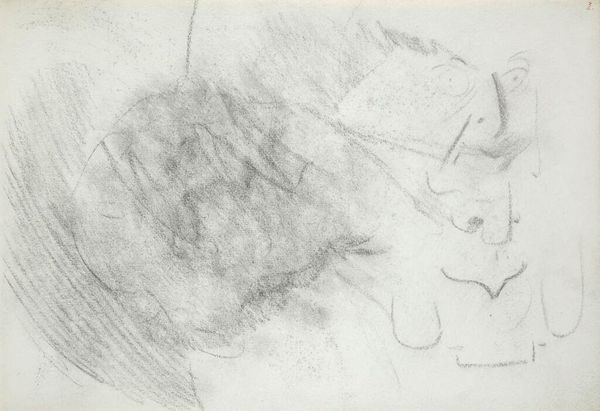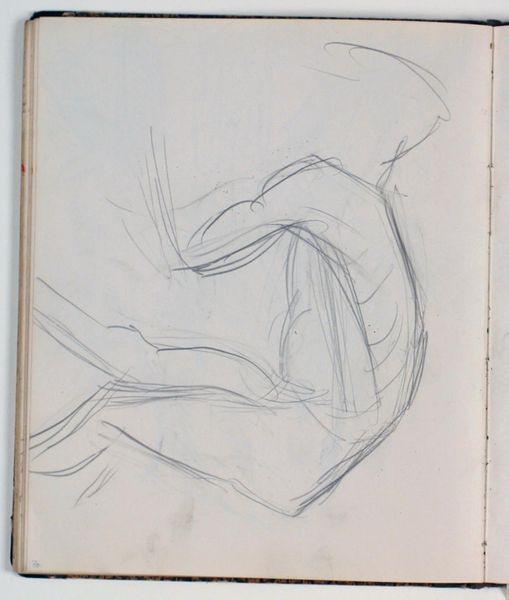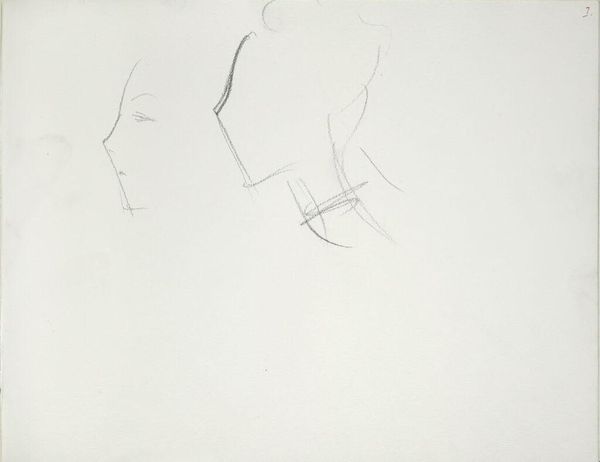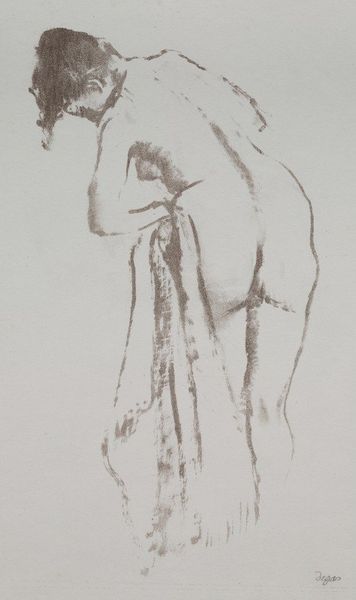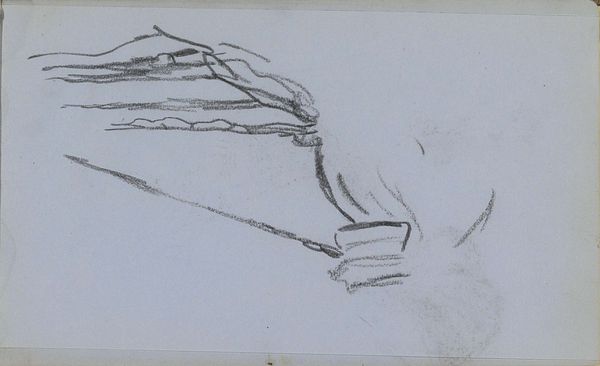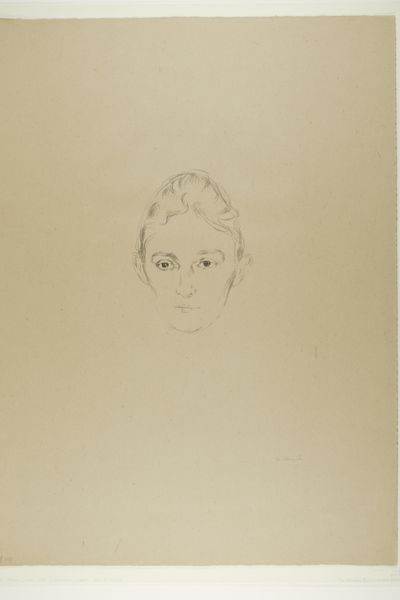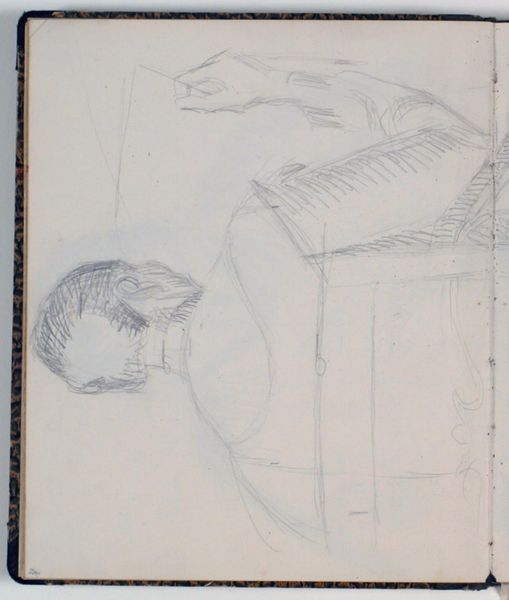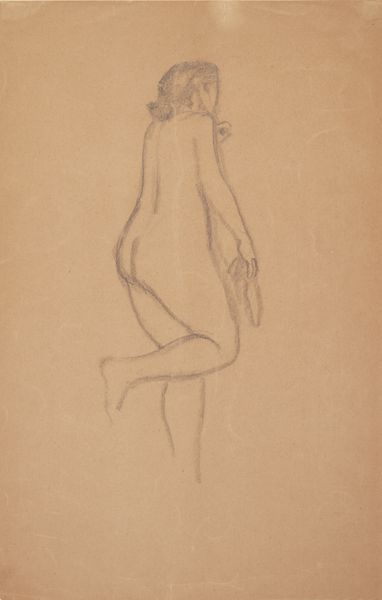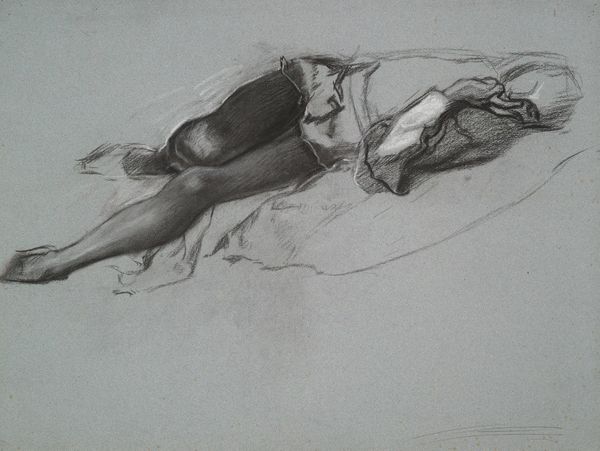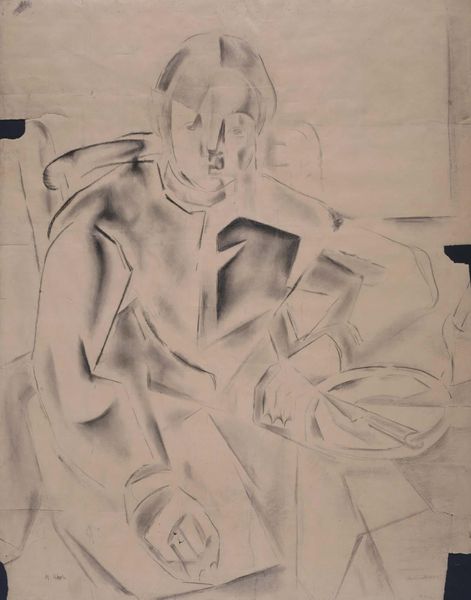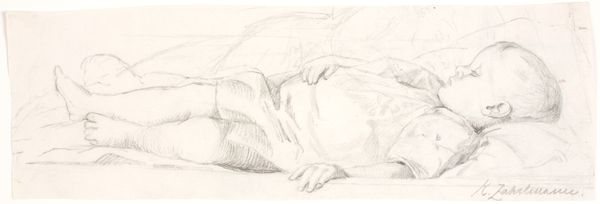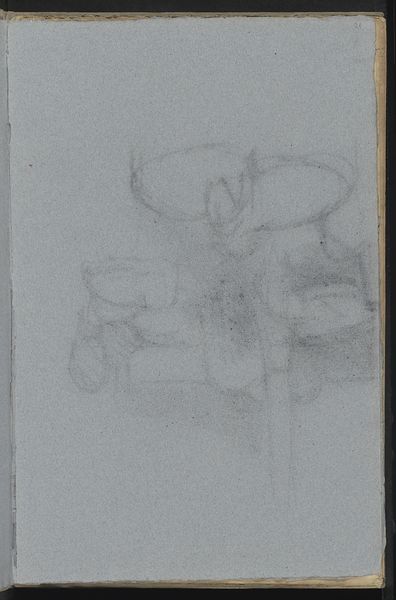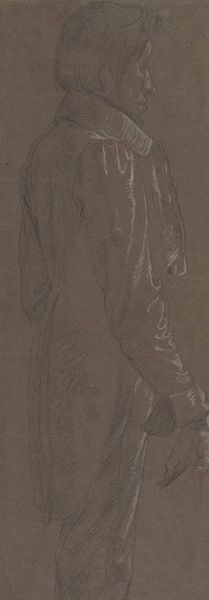
drawing, pencil
#
portrait
#
drawing
#
pencil
#
academic-art
Copyright: Public Domain: Artvee
Curator: Here we have a pencil drawing by Józef Simmler, created in 1860. It is titled 'Study of hands for the painting ‘Death of Barbara Radziwiłł’’. What strikes you when you look at it? Editor: Well, there’s an immediate vulnerability conveyed simply through the rendering of hands. The uppermost hand is clenched, but the lower ones appear almost limp and passively surrendered. Curator: Indeed. Simmler was known for his academic style, prioritizing anatomical correctness and expressive figuration, essential for history paintings which were, at the time, seen to reflect cultural and political values. This preparatory sketch allowed him to meticulously refine gestures for maximal dramatic effect in the final piece. Editor: Hands are potent carriers of meaning aren’t they? Clasped hands often denote prayer or resignation, while an open hand can signify supplication or honesty. Here, I read an overall feeling of powerlessness, but with the clenched hand perhaps suggesting resistance against unavoidable fate? Curator: An astute reading. Simmler was certainly mindful of this rich visual language. His choice to highlight the hands elevates them to a crucial narrative element, distilling the tragic emotional core of Barbara Radziwiłł's demise. During this period, historical painting served as a potent reminder of Poland’s national struggles, therefore an emphasis on death could be construed as speaking more broadly towards Poland's national sorrows. Editor: Given the historical context and your explanation, I see these hands as potent symbols extending beyond mere physicality. They reflect historical trauma, with hands historically representing skill, labor, or simply 'doing'. The fragile beauty he achieves using such a stark medium to reflect physical vulnerability hints at humanity's frailty in face of overwhelming odds, political and personal. Curator: A poignant thought to conclude with. This focus on emotional and physical states illustrates perfectly how 19th-century academic painting became invested in exploring internal conflict as much as historical events. Editor: This look into symbolic weight allows one to find a more accessible access point to appreciate artwork as we grapple to find meanings embedded in familiar visuals.
Comments
No comments
Be the first to comment and join the conversation on the ultimate creative platform.
